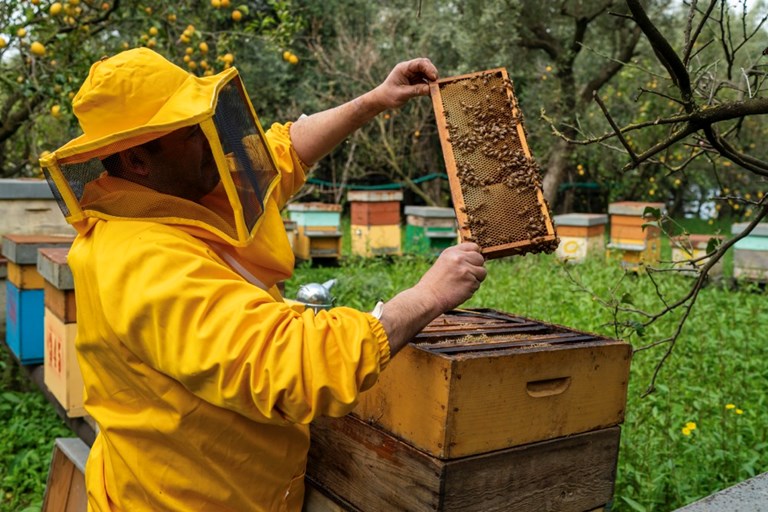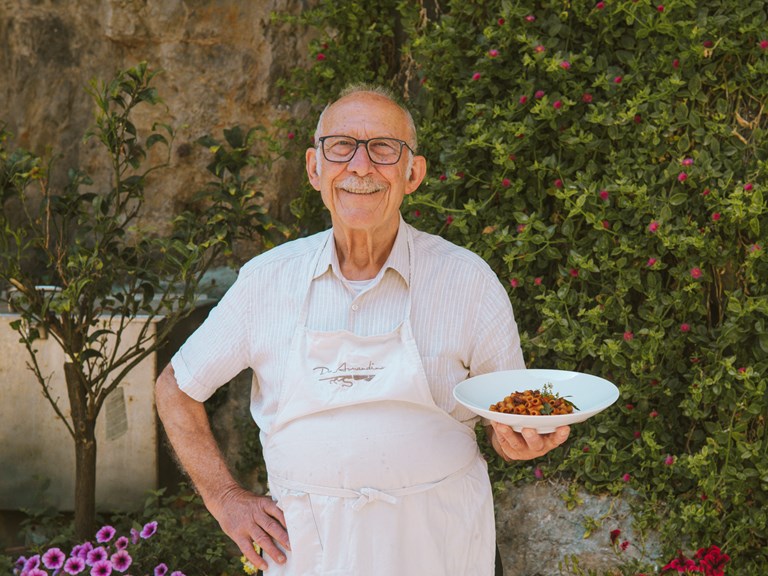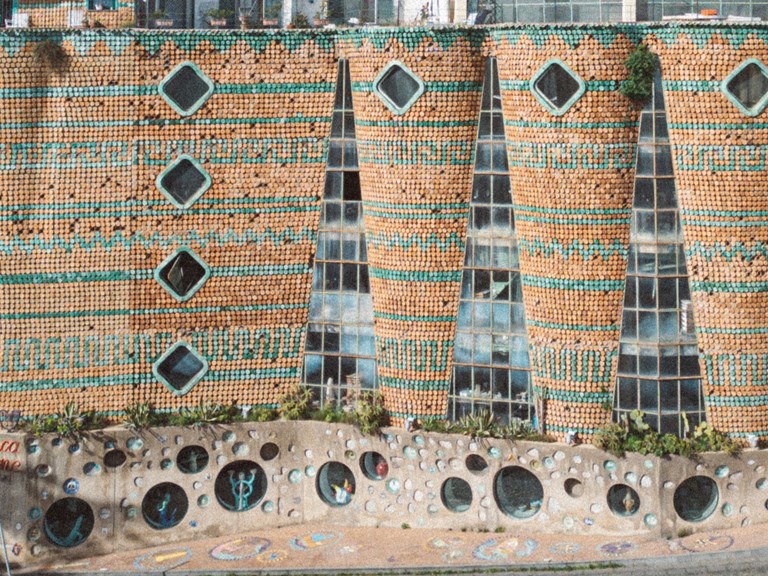GOOD THINGS: MIELE D'ANGELO
25.11.2023 BEST OF THE COAST
At first he didn’t know what to do with them, but gradually, with the help of the local beekeeping community - and some local bees – he taught himself the ancient art. After he retired from the grocery business, honey production became something more than a hobby for the D’Esposito patriarch. He set up Miele d’Angelo and began to sell the nectar to upscale delis and restaurants around the Bay of Naples, as well as selling it direct to consumers at weekly markets and Slow Food events.
But by 2010, when he turned 83, Nello’s dad was finding the work a little strenuous. For the previous ten years, Nello had been helping his father out in the spare time allowed by his well-paid job at a bank – one of those posto fisso ‘jobs for life’ that are still today seen as the ultimate employment goal by many Italians.
That same year, his bank was pressuring him to take up a transfer to one of its offices in northern Italy, and Nello found himself facing a tough decision. Should he quit his comfortable sinecure in order to carry on his father’s trade - one that was beset by risks and uncertainty? Or should he move north, away from the family nest and the family hives? Sure, Nello also had a brother, who worked on the Bay of Naples ferries – but his brother was allergic to honey.
As he fumigates a wooden hive with a metal ‘smoker’ prior to extracting the honeycomb, Nello admits that the decision was never really in any doubt. He couldn’t betray his father’s legacy by letting the hives die or go to someone from outside the family. So he handed in his resignation to his startled bosses at the bank, and embraced the world of beekeeping full time.
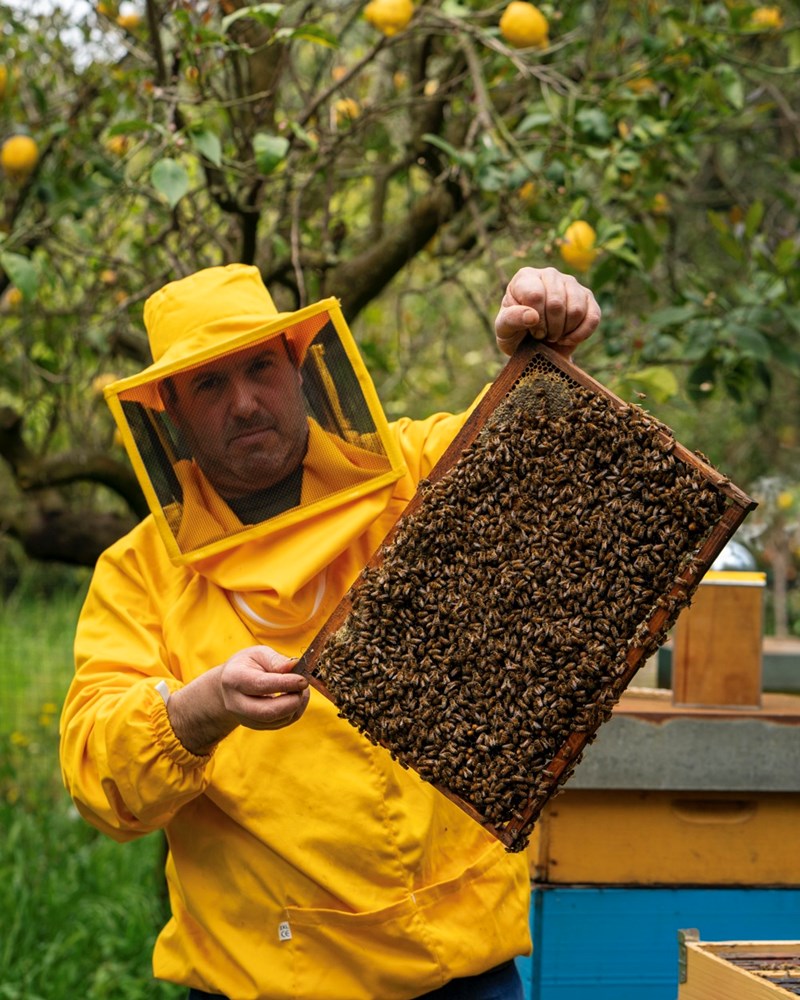
Nello currently has around 250 hives scattered around various Amalfi Coast locations where the presence of wildflowers, cultivated fruit or trees in bud give the honey the qualities he’s looking for. One of the most evocative is the estate of Il Pizzo, which is edged by a pristine stretch of rocky coastline just to the east of Sorrento.
Until 1987, this 40-acre swath of citrus groves, landscaped gardens, small residential villas and greenhouses belonged to a Neapolitan archaeologist, who refused to allow it to be developed. It’s something of a local secret, a private green world that Nello has access to because the owners understand just how important the presence of beehives can be for the pollination of the lemons, oranges and mandarins that grow here in abundance. “Studies have been carried out on strawberries”, Nello tells the Journal, “showing that the plants produce as much as 300% more fruit when regularly pollinated by bees”. He points out that pollination can even affect the shape of the fruit: pollinated bell peppers tend to be straight, while unpollinated ones twist and curve.
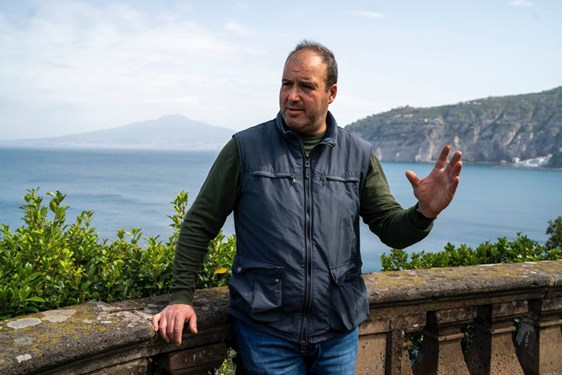
View
Artisanal honey is often labelled with the name of the flower or plant that it is presumed to derive from - ‘presumed’ being the key word. Bees roam freely in search of nectar, so the only way to know if a given honey is made mostly from, say, lemon flowers – aside from taste – is to go by season. In the weeks on the cusp between April and May when the orange and lemon blossom is out, Nello can be pretty sure that ‘mixed citrus’ accounts for the vast majority of the honey he gathers. Whenever there are just too many flowers in bloom to call the variety, the honey is sold as millefiori – literally ‘a thousand flowers’.
To buy Miele d’Angelo honey, drop Nello a message via his Facebook page, or try the online shop of Sorrento restaurant The Garden.
Photos © Roberto Salomone
Le Sirenuse Newsletter
Stay up to date
Sign up to our newsletter for regular updates on Amalfi Coast stories, events, recipes and glorious sunsets
